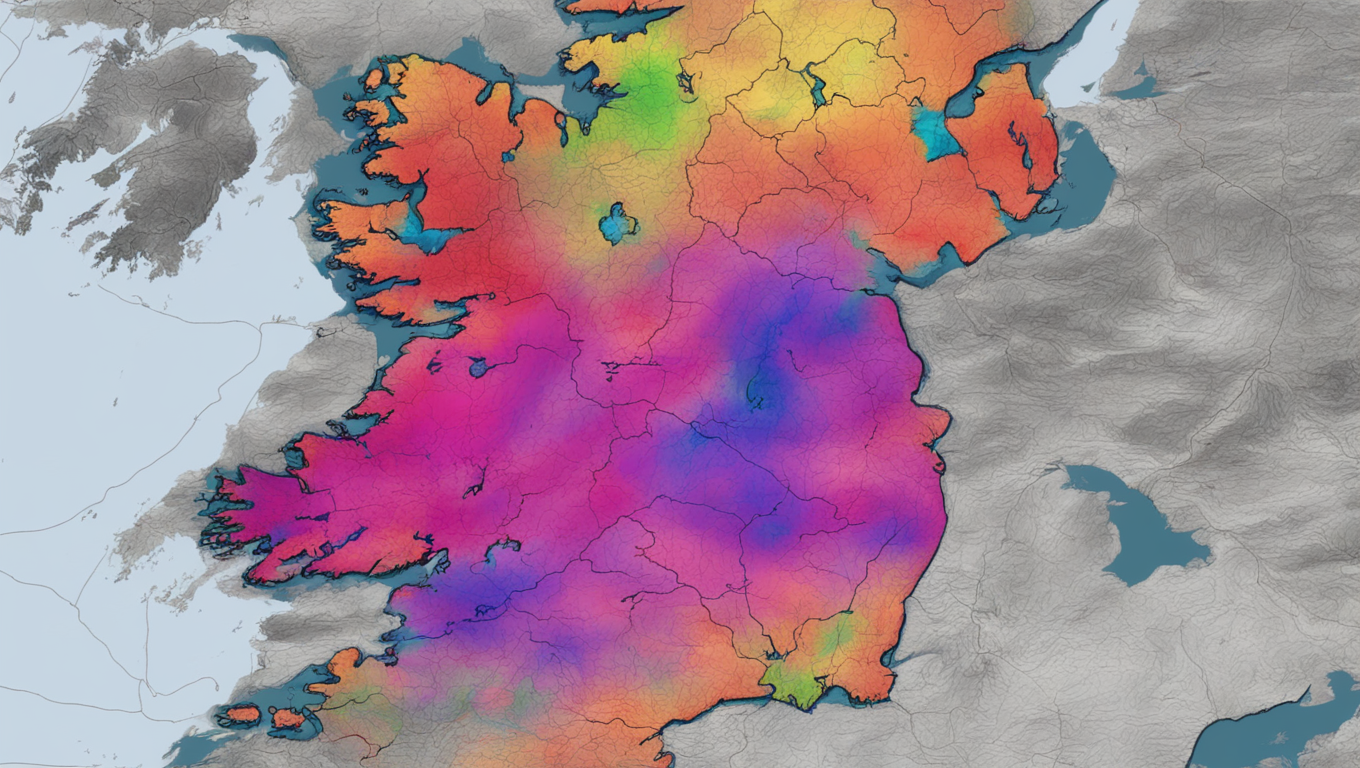In a groundbreaking development, researchers at CeADAR, Ireland’s center for Applied AI, are utilizing the power of artificial intelligence (AI) and satellite technology to revolutionize flood monitoring and early warning systems. This project aims to minimize the impact of potentially devastating floods in flood-prone areas, including the city of Limerick on the Shannon River.
The team at CeADAR has tapped into the vast amount of data collected by the European Space Agency’s Sentinel-1 satellite to map historical flooding events in Ireland. By analyzing this data, they have been able to create detailed maps that highlight the areas most susceptible to flooding. These maps are then fed into an AI model specifically designed to forecast the extent of future flooding events in these identified areas.
One of the remarkable aspects of this AI model is its impressive accuracy, which extends up to a distance of approximately 20 meters. This level of precision allows authorities responsible for flood protection to have a window of opportunity to prepare and take necessary actions to mitigate the impact of floods. This early warning system could potentially save lives and minimize the damage caused by severe flooding.
The implications of this project are far-reaching, as floods continue to pose a significant threat to communities around the world. The application of AI and satellite technology in flood monitoring not only helps in predicting flood events but also aids in strategic planning for disaster preparedness and response.
Alan Smeaton, the director of CeADAR, shared his insights on the project, stating, “By combining satellite imagery with AI, we can now accurately predict the extent of future flooding in flood-prone areas. This can provide crucial time for authorities and communities to put in place necessary measures to protect lives and infrastructure.”
The project, which involved collaboration between researchers, satellite experts, and local authorities, has demonstrated the power of interdisciplinary approaches in addressing complex challenges. The successful implementation of this AI-driven flood monitoring system in Limerick sets a precedent for other flood-prone areas globally to utilize similar technologies and methodologies.
Dr. John Moran, a local official involved in the project, expressed his enthusiasm, saying, “This innovative use of AI and satellite technology has the potential to transform flood monitoring and emergency preparedness. It represents a significant breakthrough in our efforts to protect vulnerable communities from the devastating impact of floods.”
As we witness the continued integration of cutting-edge technologies in addressing environmental issues, such as flood monitoring, it becomes evident that AI and satellite technology have the potential to safeguard lives and help build more resilient societies. With the deployment of early warning systems powered by AI, communities can be better prepared and equipped to mitigate the impact of natural disasters, ultimately saving lives and minimizing economic losses.
This project serves as a testament to the power of collaboration between researchers, technology experts, and local authorities. By combining their expertise and resources, they have harnessed the capabilities of AI and satellite technology to create tangible solutions for real-world problems. In an increasingly interconnected world, such interdisciplinary efforts pave the way for innovative and effective approaches to address pressing global challenges.
In conclusion, with the help of AI and satellite technology, the project in Limerick, Ireland, is transforming flood monitoring and early warning systems. By accurately predicting the extent of future flooding events, authorities and communities can take timely measures to safeguard lives and infrastructure. This remarkable achievement sets a precedent for similar initiatives worldwide, highlighting the potential of AI and satellite technology to revolutionize our response to natural disasters.





Use the share button below if you liked it.